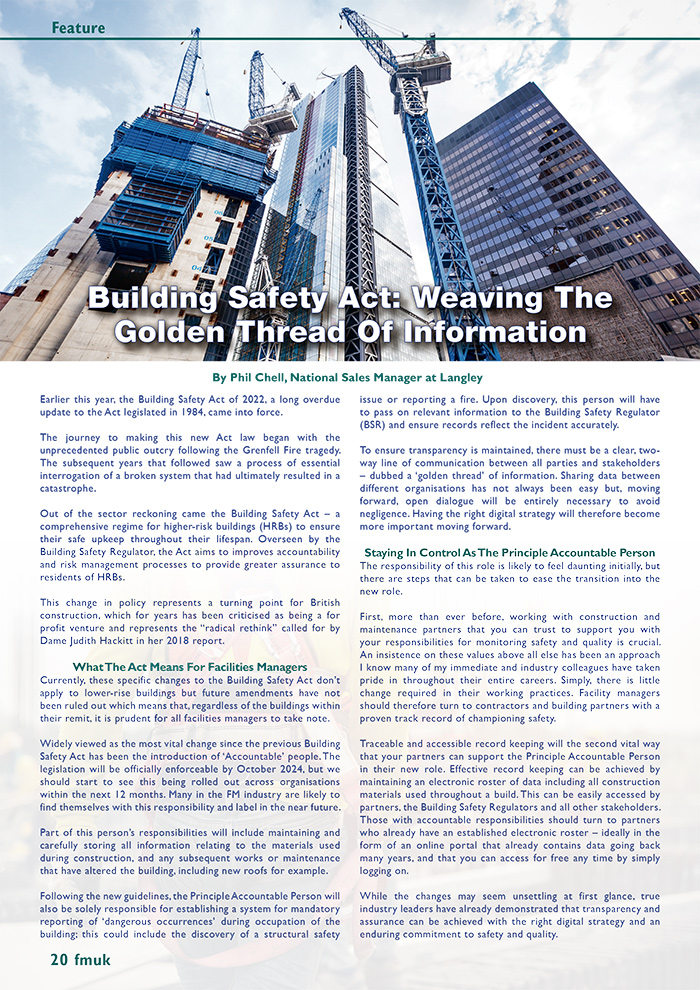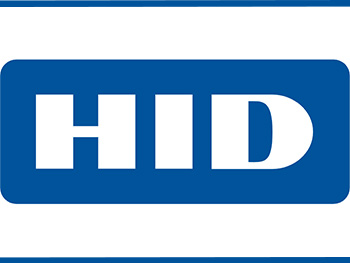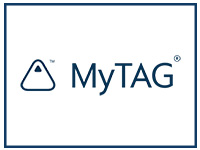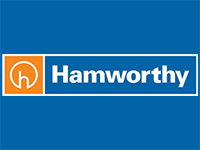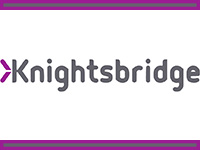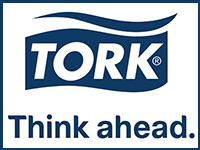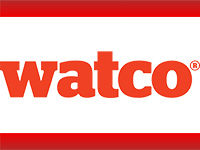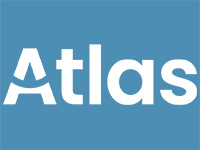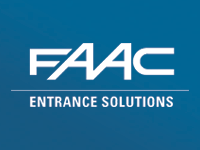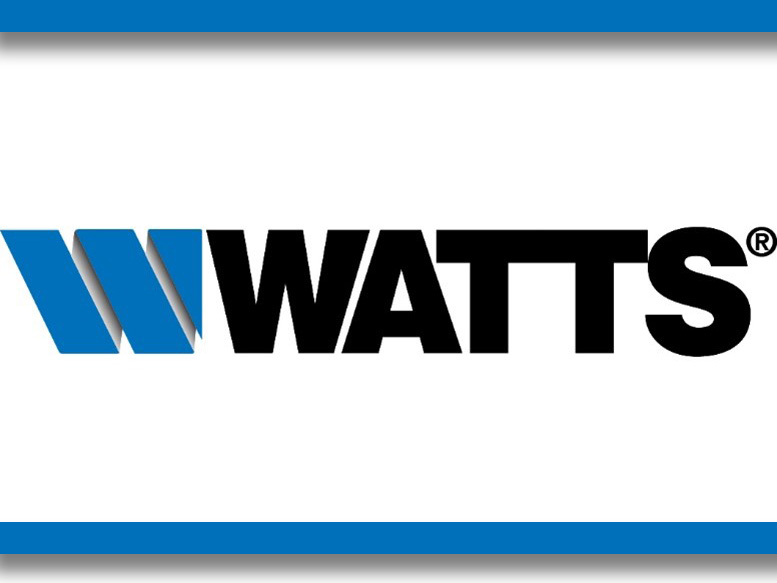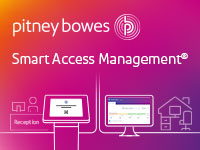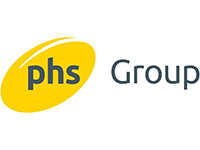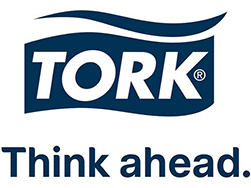Building Safety Act: Weaving The Golden Thread Of Information
 By Phil Chell, National Sales Manager at Langley.
By Phil Chell, National Sales Manager at Langley.
Earlier this year, the Building Safety Act of 2022, a long overdue update to the Act legislated in 1984, came into force.
The journey to making this new Act law began with the unprecedented public outcry following the Grenfell Fire tragedy. The subsequent years that followed saw a process of essential interrogation of a broken system that had ultimately resulted in a catastrophe.
Out of the sector reckoning came the Building Safety Act – a comprehensive regime for higher-risk buildings (HRBs) to ensure their safe upkeep throughout their lifespan. Overseen by the Building Safety Regulator, the Act aims to improves accountability and risk management processes to provide greater assurance to residents of HRBs.
This change in policy represents a turning point for British construction, which for years has been criticised as being a for profit venture and represents the “radical rethink” called for by Dame Judith Hackitt in her 2018 report.
What The Act Means For Facilities Managers
Currently, these specific changes to the Building Safety Act don’t apply to lower-rise buildings but future amendments have not been ruled out which means that, regardless of the buildings within their remit, it is prudent for all facilities managers to take note.
Widely viewed as the most vital change since the previous Building Safety Act has been the introduction of ‘Accountable’ people. The legislation will be officially enforceable by October 2024, but we should start to see this being rolled out across organisations within the next 12 months. Many in the FM industry are likely to find themselves with this responsibility and label in the near future.
Part of this person’s responsibilities will include maintaining and carefully storing all information relating to the materials used during construction, and any subsequent works or maintenance that have altered the building, including new roofs for example.
Following the new guidelines, the Principle Accountable Person will also be solely responsible for establishing a system for mandatory reporting of ‘dangerous occurrences’ during occupation of the building; this could include the discovery of a structural safety issue or reporting a fire. Upon discovery, this person will have to pass on relevant information to the Building Safety Regulator (BSR) and ensure records reflect the incident accurately.
To ensure transparency is maintained, there must be a clear, two-way line of communication between all parties and stakeholders – dubbed a ‘golden thread’ of information. Sharing data between different organisations has not always been easy but, moving forward, open dialogue will be entirely necessary to avoid negligence. Having the right digital strategy will therefore become more important moving forward.
Staying In Control As The Principle Accountable Person
The responsibility of this role is likely to feel daunting initially, but there are steps that can be taken to ease the transition into the new role.
First, more than ever before, working with construction and maintenance partners that you can trust to support you with your responsibilities for monitoring safety and quality is crucial. An insistence on these values above all else has been an approach I know many of my immediate and industry colleagues have taken pride in throughout their entire careers. Simply, there is little change required in their working practices. Facility managers should therefore turn to contractors and building partners with a proven track record of championing safety.
Traceable and accessible record keeping will the second vital way that your partners can support the Principle Accountable Person in their new role. Effective record keeping can be achieved by maintaining an electronic roster of data including all construction materials used throughout a build. This can be easily accessed by partners, the Building Safety Regulators and all other stakeholders. Those with accountable responsibilities should turn to partners who already have an established electronic roster – ideally in the form of an online portal that already contains data going back many years, and that you can access for free any time by simply logging on.
While the changes may seem unsettling at first glance, true industry leaders have already demonstrated that transparency and assurance can be achieved with the right digital strategy and an enduring commitment to safety and quality.
